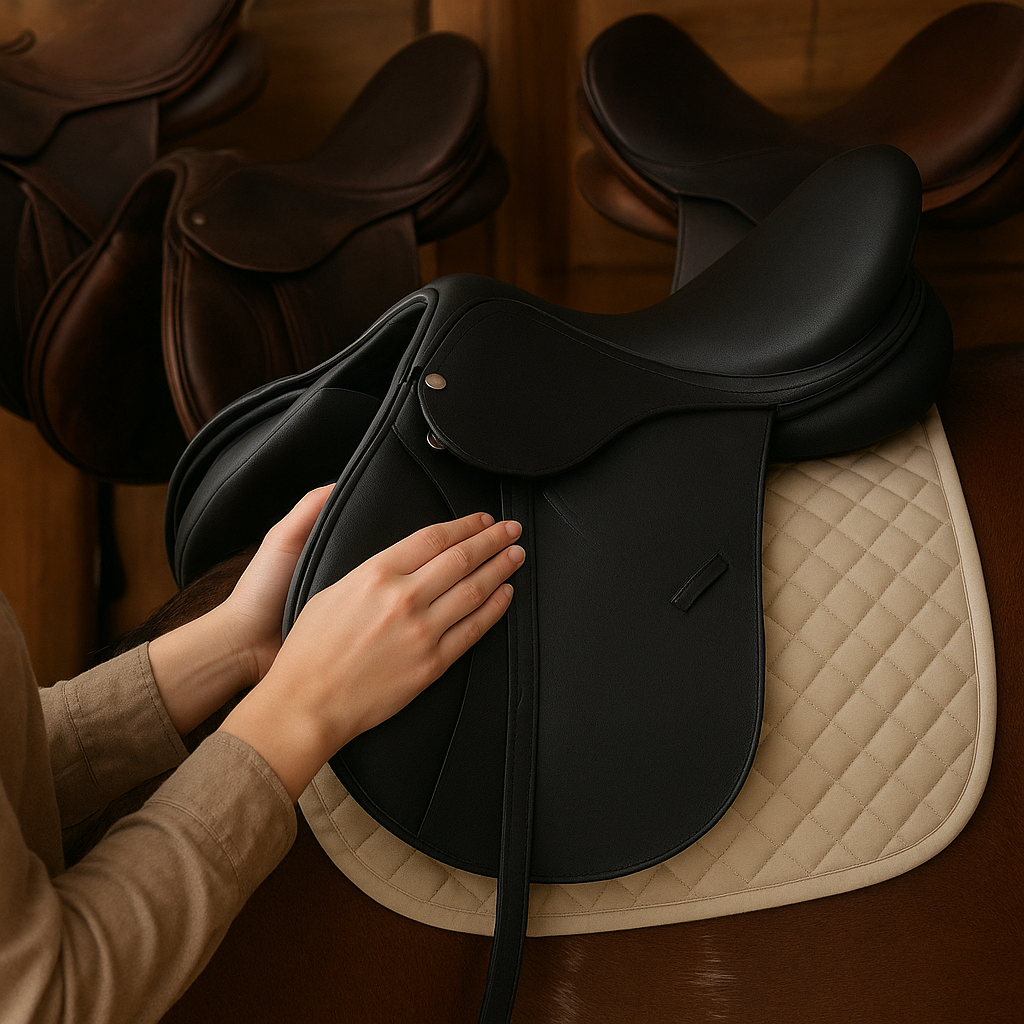
Replacing a damaged derailleur hanger is a crucial skill for any cyclist, as it can significantly impact the performance and safety of your bike. The derailleur hanger is a small but vital component that connects the derailleur to the bike frame. When it gets bent or broken, shifting gears becomes difficult, and the risk of further damage to the drivetrain increases. This article will guide you through the process of identifying a damaged derailleur hanger, removing the old one, and installing a new one.
Identifying a Damaged Derailleur Hanger
Before you can replace a damaged derailleur hanger, you need to identify whether it is indeed the source of your shifting problems. A bent or broken hanger can cause a variety of issues, including poor shifting performance, chain skipping, and even derailleur misalignment. Here are some steps to help you diagnose a damaged derailleur hanger:
Visual Inspection
The first step in identifying a damaged derailleur hanger is a visual inspection. Carefully examine the hanger for any signs of bending, cracks, or breaks. A bent hanger will often appear misaligned with the rear wheel and cassette. If you notice any visible damage, it’s a clear indication that the hanger needs to be replaced.
Shifting Performance
If your bike’s shifting performance has suddenly deteriorated, it could be due to a damaged derailleur hanger. Pay attention to how smoothly your bike shifts through the gears. If you experience difficulty shifting, chain skipping, or the derailleur not aligning properly with the cassette, it’s likely that the hanger is bent or damaged.
Using a Derailleur Hanger Alignment Tool
For a more precise diagnosis, you can use a derailleur hanger alignment tool. This tool allows you to measure the alignment of the hanger relative to the rear wheel. If the hanger is out of alignment, the tool will help you determine the extent of the damage and whether it can be straightened or needs to be replaced.
Removing the Damaged Derailleur Hanger
Once you’ve identified that the derailleur hanger is damaged, the next step is to remove it from the bike. This process requires a few basic tools and some careful handling to avoid causing further damage to the derailleur or frame. Follow these steps to remove the damaged hanger:
Tools You’ll Need
- Hex wrenches (usually 5mm or 6mm)
- Derailleur hanger alignment tool (optional but recommended)
- Replacement derailleur hanger
- Grease or anti-seize compound
Step-by-Step Removal Process
1. Shift to the Smallest Cog: Shift the chain to the smallest cog on the rear cassette to release tension from the derailleur.
2. Remove the Rear Wheel: Use a quick-release lever or axle nuts to remove the rear wheel from the bike. This will give you better access to the derailleur and hanger.
3. Disconnect the Derailleur: Use a hex wrench to remove the bolt that attaches the derailleur to the hanger. Carefully set the derailleur aside, ensuring that the chain remains on the smallest cog.
4. Remove the Damaged Hanger: Depending on your bike’s design, the hanger may be attached with bolts or integrated into the frame. Use the appropriate tool to remove the damaged hanger. If the hanger is integrated, you may need to consult your bike’s manual or a professional mechanic for guidance.
Installing the New Derailleur Hanger
With the damaged hanger removed, it’s time to install the new one. Proper installation is crucial to ensure optimal shifting performance and prevent future issues. Follow these steps to install the new derailleur hanger:
Preparing the New Hanger
Before installing the new hanger, apply a small amount of grease or anti-seize compound to the threads of the bolts. This will help prevent corrosion and make future removal easier.
Step-by-Step Installation Process
1. Attach the New Hanger: Align the new hanger with the mounting points on the frame and secure it using the appropriate bolts. Tighten the bolts to the manufacturer’s recommended torque specifications.
2. Reattach the Derailleur: Position the derailleur onto the new hanger and secure it with the bolt. Ensure that the derailleur is properly aligned with the cassette and that the chain is still on the smallest cog.
3. Reinstall the Rear Wheel: Place the rear wheel back onto the bike and secure it using the quick-release lever or axle nuts. Make sure the wheel is properly aligned in the dropouts.
4. Check Alignment: Use the derailleur hanger alignment tool to check the alignment of the new hanger. Make any necessary adjustments to ensure that the hanger is perfectly aligned with the rear wheel.
Final Adjustments and Testing
After installing the new derailleur hanger, it’s important to make final adjustments and test the bike to ensure everything is working correctly. Follow these steps to complete the process:
Adjusting the Derailleur
With the new hanger installed, you may need to adjust the derailleur to ensure smooth shifting. Use the barrel adjuster and limit screws to fine-tune the derailleur’s position and alignment. Refer to your bike’s manual or a professional mechanic for specific instructions on adjusting your derailleur.
Testing the Shifting
Once you’ve made the necessary adjustments, take your bike for a test ride. Shift through all the gears to ensure that the derailleur is functioning properly and that the chain moves smoothly across the cassette. Pay attention to any unusual noises or resistance, as these could indicate further adjustments are needed.
Preventing Future Damage
To prevent future damage to your derailleur hanger, it’s important to take some preventative measures. Here are a few tips to help you keep your hanger in good condition:
Regular Inspections
Regularly inspect your derailleur hanger for signs of damage or wear. Catching issues early can prevent more serious problems down the line.
Avoiding Impacts
Be mindful of obstacles and rough terrain that could cause impacts to your derailleur hanger. Avoiding crashes and heavy impacts can help extend the life of your hanger.
Proper Maintenance
Keep your bike clean and well-maintained. Regularly lubricate the drivetrain and ensure that all components are properly adjusted. A well-maintained bike is less likely to experience issues with the derailleur hanger.
By following these steps and taking preventative measures, you can ensure that your derailleur hanger remains in good condition and that your bike performs at its best. Replacing a damaged derailleur hanger may seem daunting at first, but with the right tools and knowledge, it’s a manageable task that can greatly improve your cycling experience.

